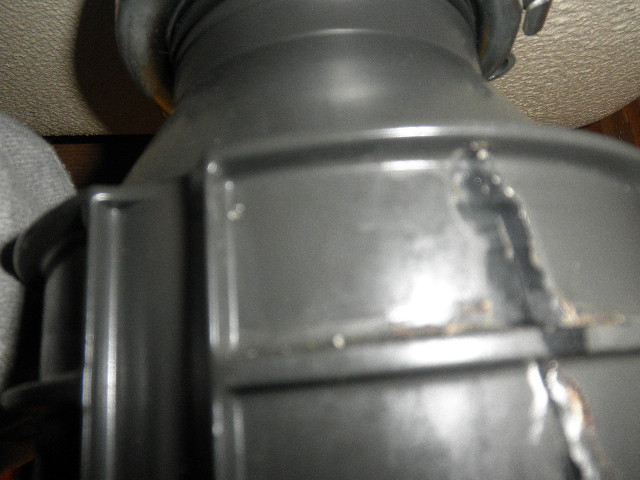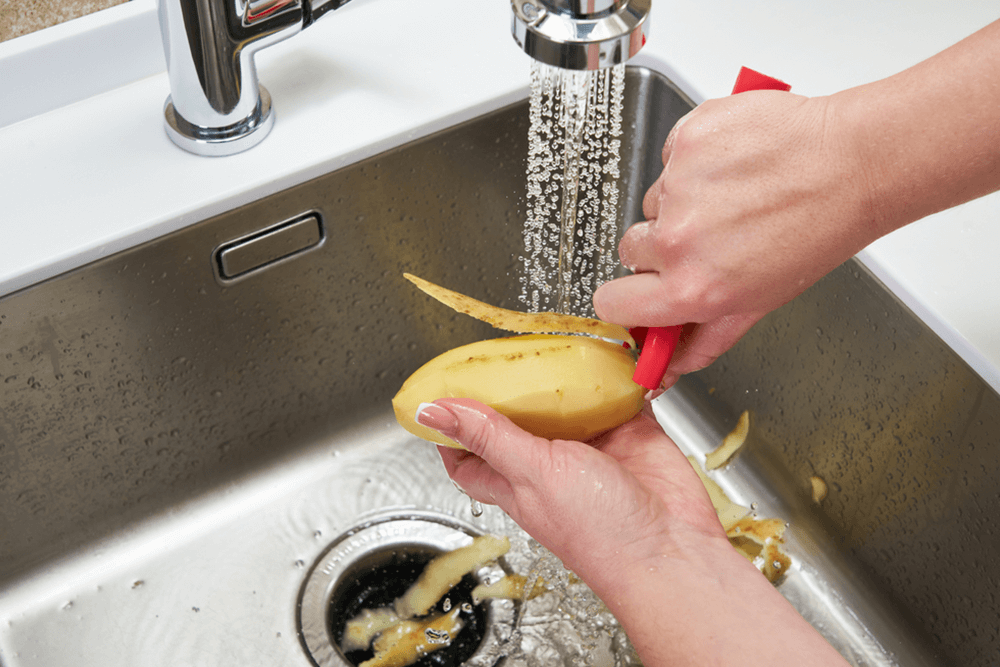Effective Methods for Fixing a Dripping Garbage Disposal
Effective Methods for Fixing a Dripping Garbage Disposal
Blog Article
Just how do you feel about Tips on Fixing a Leaking Garbage Disposal?

Garbage disposals are necessary kitchen appliances that assist in disposing of food waste efficiently. Nevertheless, a leaking garbage disposal can be a frustrating and unpleasant trouble to deal with. Fortunately, many leaks can be fixed easily with a few simple actions. In this write-up, we will certainly go over how to deal with a leaking garbage disposal successfully.
Intro
Waste disposal unit are set up under kitchen area sinks and are made to shred food waste into smaller sized pieces, allowing it to pass through the plumbing system easily. While these tools are normally trustworthy, leakages can occur over time as a result of wear and tear, loosened connections, or damages to the unit.
Step-by-Step Overview to Repairing a Dripping Garbage Disposal
Switch off the Power
Before attempting any kind of repair work, make certain that the power to the garbage disposal system is switched off to prevent the danger of electrical shock.
Situate the Leak
Determine the specific area of the leak and identify the cause
Tighten up Links
Make use of a wrench to tighten up any loose connections between the disposal system and the pipes system.
Replace Seals or Gaskets
If the leak is due to worn seals or gaskets, remove the old components and replace them with new ones.
Patching Cracks or Holes
For splits or openings in the disposal device, usage epoxy or an appropriate patching material to seal the damaged area.
Recognizing the Resource of the Leakage
Before attempting to fix a dripping waste disposal unit, it is important to determine the source of the leak. This can commonly be done through aesthetic inspection or by performing simple tests.
Visual Inspection
Inspect the garbage disposal device very carefully for any type of indications of water leak. Pay very close attention to locations around seals, gaskets, and connection factors.
Evaluating for Leakages
One way to examine for leaks is by running water with the disposal unit and looking for any visible indications of leak.
Common Sources Of Leakages in Garbage Disposals
Worn Seals and Gaskets
Seals and gaskets play an important function in avoiding water from leaking out of the garbage disposal. With time, these parts can degrade, causing leaks around the disposal device.
Loose Links
The connections in between the garbage disposal and the pipes system can end up being loose with time, triggering water to leakage out during procedure.
Fractures or Openings in the Disposal Unit
Physical damages to the garbage disposal, such as fractures or openings in the housing, can additionally result in leaks.
Devices and Materials Needed for Taking Care Of a Dripping Garbage Disposal
Before starting the repair process, gather the needed tools and materials, including a screwdriver, adjustable wrench, plumbing technician's putty, replacement seals or gaskets, and epoxy or patching product for repairing splits or holes.
Testing the Waste Disposal Unit After Fixing
As soon as the repair is full, test the garbage disposal by running water via it to make certain that the leak has been fixed.
Preventive Upkeep Tips to Stay Clear Of Future Leaks
To avoid future leakages, it is vital to perform routine maintenance on your waste disposal unit. This includes keeping it clean, preventing placing non-food items or hard items down the disposal, and occasionally looking for leaks or other problems.
Final thought
Finally, taking care of a leaking garbage disposal is a reasonably simple procedure that can be completed with fundamental devices and materials. By complying with the actions outlined in this short article and exercising preventative maintenance, you can keep your garbage disposal in good working problem and stay clear of pricey repairs in the future.
What to Do About a Leaking Garbage Disposal
A leaking garbage disposal often goes unnoticed until you confront a sopping cabinet, a foul-smelling puddle, or an audible drip-drip-drip from the unit. The fix can be frustrating, too, because the leak can stem from a number of components in the system. Fortunately, with a little sleuthing, you can zero in on the leak and—depending on the exact location—stop the icky oozing and repair the component that caused it. Worst case scenario, if it turns out that the garbage disposal must be replaced, installing a new one is a reasonable do-it-yourself task for those with basic plumbing skills. Read on to keep the cash you’d otherwise hand over to a pro.
Prepare to find the leak
Prior to testing the garbage disposal for leaks, unplug it at the wall outlet and turn off the power from the breaker box to prevent electrical shock. Then insert a watertight sink stopper into your sink drain and wipe the unit dry with a clean cloth. In any handy container, mix a few drops of food coloring into a few cups of water, and pour the dyed water onto the sink stopper to help you locate the leak.
Investigate the source
the top, where the disposal meets the sink drain the side, where the dishwasher hose or main drain pipe connects to the disposal or the bottom of the unit Inspect each of these locations while gliding a light-colored rag over the unit; the dyed water will readily show on the rag and reveal the location of the leak. If a leak isn’t immediately apparent, remove the sink stopper and pour a few more cups of dyed water down the sink drain, then check for leaks again. Leaks near the top of the unit are more likely to show themselves while the sink is plugged, while side and bottom leaks are more noticeable while the sink is unplugged.
The metal sink flange that sits directly inside the sink drain is typically sealed around the top with plumber’s putty (a clay-like sealant) and then secured from under the sink with bolts. If the plumber’s putty deteriorates, or the bolts loosen, the flange can no longer form a watertight seal between the sink drain and the disposal—which could cause a leak at the top of the unit.
To reseal the leaky flange, you must first detach the garbage disposal. Start by loosening the screws securing the main drain pipe to the disposal, then loosen the screws in the metal clamp securing the dishwasher hose to the disposal and detach the drain pipe and dishwasher hose from the disposal. Loosen the screws in the mounting ring that connects the disposal to the metal mounting assembly beneath the sink, then pull down the disposal and carefully set it on a clean, dry surface. Loosen the bolts in the mounting assembly with a wrench, then pull down the mounting assembly and set it near the disposal.

We had been brought to that write-up on Garbage Disposal Leaking From Bottom from an acquaintance on our other web address. Do you know about someone else who is intrigued by the topic? Feel free to promote it. We treasure reading our article about Why Is .
Schedule Appointment Now Report this page